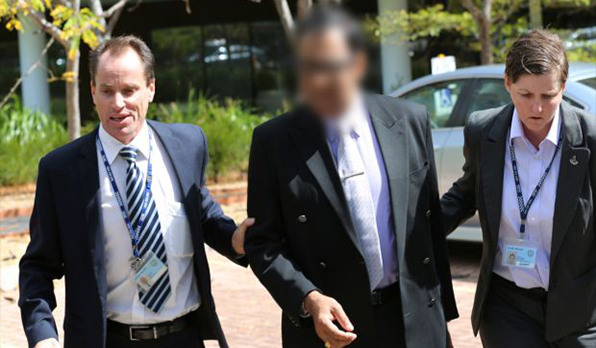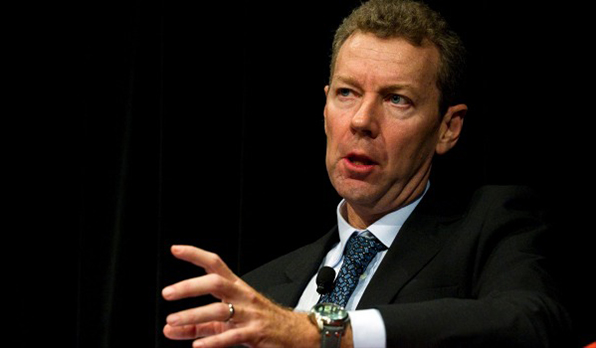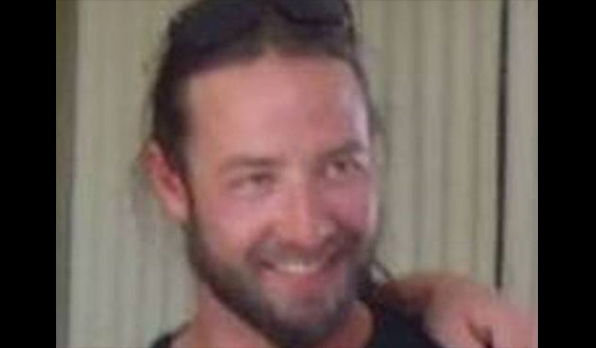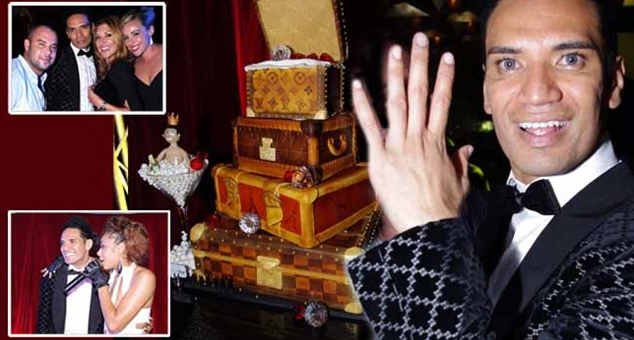
Kate Upton selling Carlos Jnr burgers.
Gwyneth Paltrow selling N.A.S.A unapproved healing stickers.
Kim Kardashian selling nude lipstick.
Spot the differences in endorsements.
Using celebrity and other high profile influencers to spread the word of a brand is becoming more and more potent in today’s marketing environment. This is largely down to the advent of social media and smart phones. In today’s marketing climate, an iPhone can be the most powerful PR tool a brand can utilise. The capability to reach millions of viewers via one app and one device has truly shifted how the modern marketing landscape operates. However, choosing the right celebrity or high profile influencer for the right brand is a make or break decision.
Matching Your Celebrity to Your Brand
A celebrity or high profile influencer needs to be treated like a distribution channel for the content of the brand. Similar to any other channel, the key to success is making sure the right content, is on the right channel. This being the case, not just any influencer will ‘fit’ when looking for a brand endorser. An example of the optimal situation when it comes to celebrity influencers is that of Kim Kardashian selling lipstick. Putting the brand of Kim Kardashian and a lipstick brand side by side;
- The target audience is similar and overlapping;
- The theme and message behind both brands, and the content or products each brand produces are similar;
- The content, or product in this case is a match; and
- How the influencer goes about endorsing the product, in this case via social media posts, is appropriate.
When all of the factors are combined, a successful endorsement is formed and a beneficial relationship begins.
Not Matching Your Celebrity to Your Brand
However, an issue arises when the product doesn’t match the celebrity or high profile influencer. A meta-analysis study found that using sex to sell only aids in building awareness of the product, rather than inspiring any meaningful action. The conclusion reached from this study can be viewed through the angle that using sex to sell implies that the only connection between the product and influencer is the sexual allure used to capture consumers’ attention. This leaves no room for the influencer to have an overlapping or meaningful connection to the brand.
Sex does not sell on its own, or aid in facilitating or influencing action in the audience, because the disconnect and lack of congruency between the two brands is too great. This being the case, the inference can be made much like with Kate Upton selling fast food, the danger of mismatching an endorsement may be an ineffective investment, that may work to build the brand awareness of the influencer rather than the product itself.

Damaging Brands
This is the worst-case scenario for both the brand of the influencer and of the product. The real danger is, if either brand produces negative content or stimulates negativity regarding their own brand, damage to both brands may occur. Therefore, a great degree of care and research needs to be done before entering in such a relationship.
Example 1: Gwyneth Paltrow and her healing stickers. This product was so bad NASA even came out to denounce the stickers.
Example 2: Bentley attempting to distance themselves from Paris Hilton, which had become an unintended celebrity endorsement. In this case Bentley stated that in terms of brand vs brand, Bentley and Paris is not a match, and potentially having Paris Hilton publicly driving around in a pink Bentley is damaging to the brand.
Abercrombie and Fitch
A leaf may have to be taken out of Abercrombie and Fitch’s’ book when it comes to dealing with unintended, potentially negative celebrity endorsements. A&F go as far as to publicly ask celebrities not to use their branded products in ways deemed inappropriate.
In closing
Whatever action is taken by a brand relating to their influencers, or unintended influencers, the decision must not be taken lightly. Care and respect are paramount for two brands to enter into such a powerful relationship.


















 A lot of people will tell you time is money. This is short sighted, what on earth does ‘time is money’ mean? Instead, replace money with value. The key to the future of capturing customers’ hearts and minds is through the concept that society’s new currency is time to value, rather than time is money. This means, the shorter the customer journey is, with the least number of barriers to content that delivers value, is the future. This was evident in a recent ZeroDesktop Mobile Analytics study, showing users return to Google (app and Chrome), on average, 12 times per day. It also found 81% of Australians say their smart phone searches are more focused on immediate information; 80% of Australian’s say they now access the internet more frequently but for shorter bursts. Australian’s are intrinsically connected to their phones via ‘moments.’ A phone is just an extension of a user’s consciousness, with a smartphone also there when ‘I want to; go, know, do or buy moment’ enters a consumers thoughts.
A lot of people will tell you time is money. This is short sighted, what on earth does ‘time is money’ mean? Instead, replace money with value. The key to the future of capturing customers’ hearts and minds is through the concept that society’s new currency is time to value, rather than time is money. This means, the shorter the customer journey is, with the least number of barriers to content that delivers value, is the future. This was evident in a recent ZeroDesktop Mobile Analytics study, showing users return to Google (app and Chrome), on average, 12 times per day. It also found 81% of Australians say their smart phone searches are more focused on immediate information; 80% of Australian’s say they now access the internet more frequently but for shorter bursts. Australian’s are intrinsically connected to their phones via ‘moments.’ A phone is just an extension of a user’s consciousness, with a smartphone also there when ‘I want to; go, know, do or buy moment’ enters a consumers thoughts.



 Often fraudsters are driven by pressure; this can include the need to hold up an ailing business, personal relationships, gambling habits, extravagant lifestyles and other emotional circumstances or addictive traits.
Often fraudsters are driven by pressure; this can include the need to hold up an ailing business, personal relationships, gambling habits, extravagant lifestyles and other emotional circumstances or addictive traits.
 In Australia, within the last month alone, newspapers have written on the topic of fraud over 841 times. This is an astonishing number when considering how many other instances of fraud are never picked up on by newspapers. Selected stories over the last week have included:
In Australia, within the last month alone, newspapers have written on the topic of fraud over 841 times. This is an astonishing number when considering how many other instances of fraud are never picked up on by newspapers. Selected stories over the last week have included:





 “Frequently, unusual behaviour by individuals can be detected early on, provided matters deserving of further enquiry receive that attention, however often businesses have left it unchecked for a variety of reasons. These reasons sometimes include, fear by employees of whistleblowing, fear of being wrong, apathy, and blind trust owing to the longevity of the employee or their ‘appearance not being that of a fraudster’.
“Frequently, unusual behaviour by individuals can be detected early on, provided matters deserving of further enquiry receive that attention, however often businesses have left it unchecked for a variety of reasons. These reasons sometimes include, fear by employees of whistleblowing, fear of being wrong, apathy, and blind trust owing to the longevity of the employee or their ‘appearance not being that of a fraudster’.